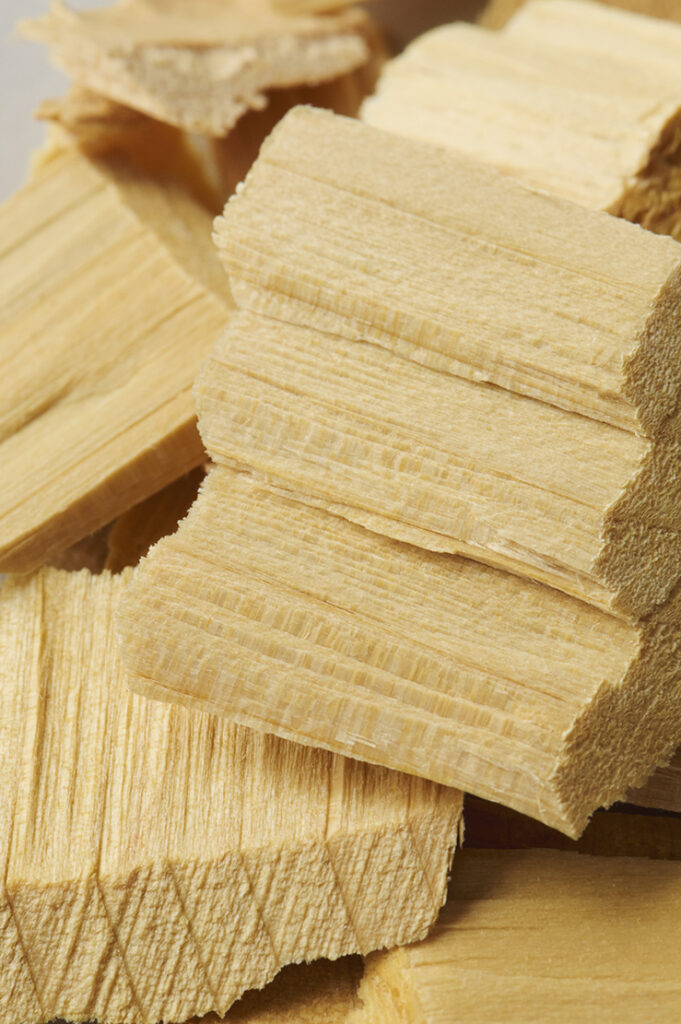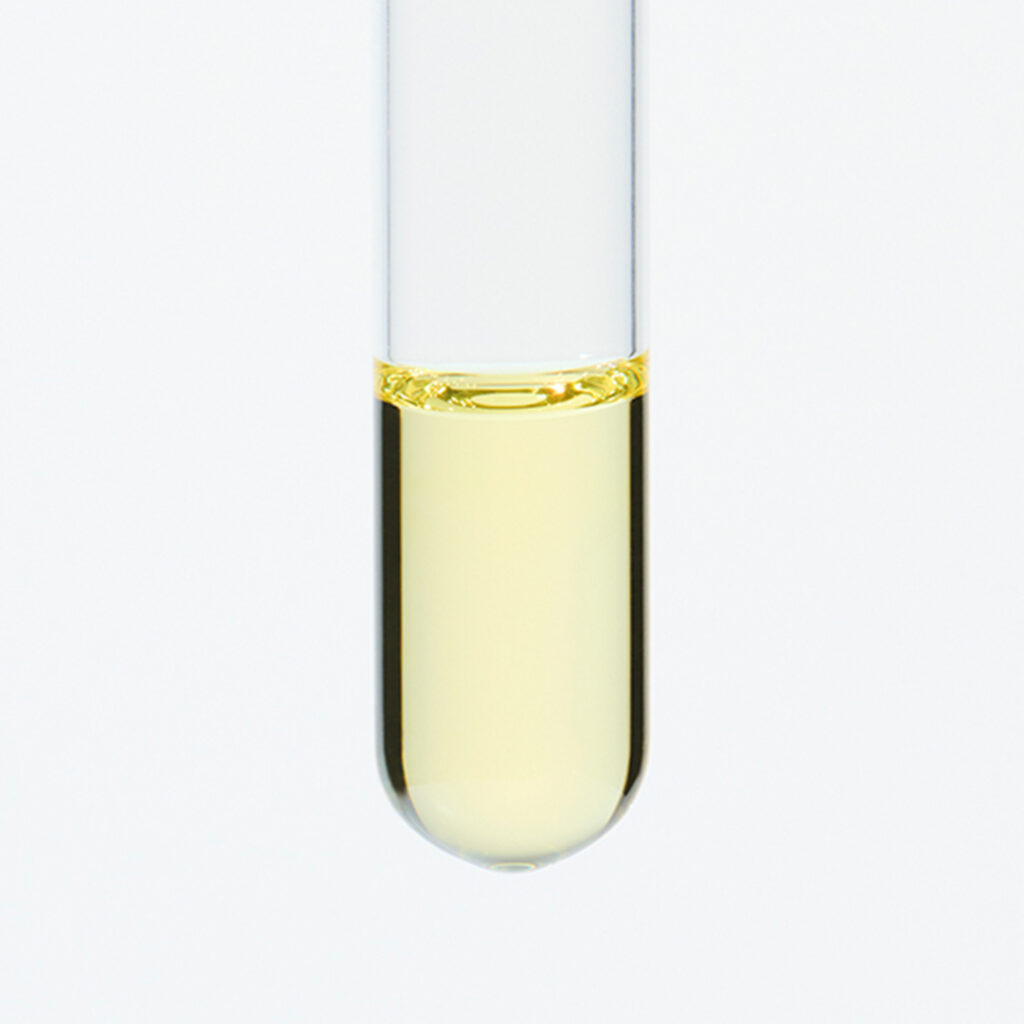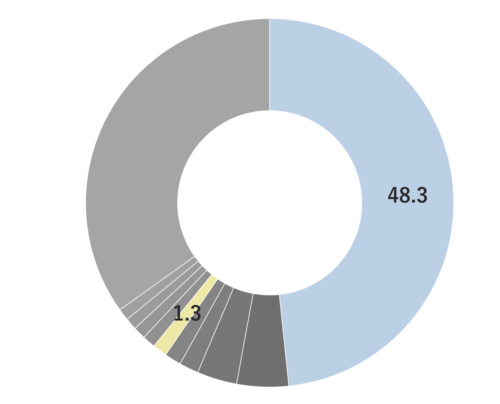Hiba, also known as Asunaro or Hinoki Asunaro, is a tall evergreen tree belonging to the Cupressaceae family, reaching heights of 10-30 meters. It features grayish-brown bark with a diameter of approximately 90 cm.
Hiba is a species that is native to Japan and is widely distributed naturally from Hokkaido in the north to Kagoshima in the south. It is considered a Japanese native coniferous tree, with approximately 90% of the nation’s stock found in Aomori Prefecture.
There are two main types of Hiba: the southern type, known as Asunaro, and the northern type, referred to as Hinoki Asunaro, commonly known as Aomori hiba. The latter is considered a variety of the traditional Asunaro.
Similar to Hinoki, Hiba is utilized for various construction purposes in Japan, ranging from historical buildings to everyday structures, due to its favorable characteristics as a building material.



